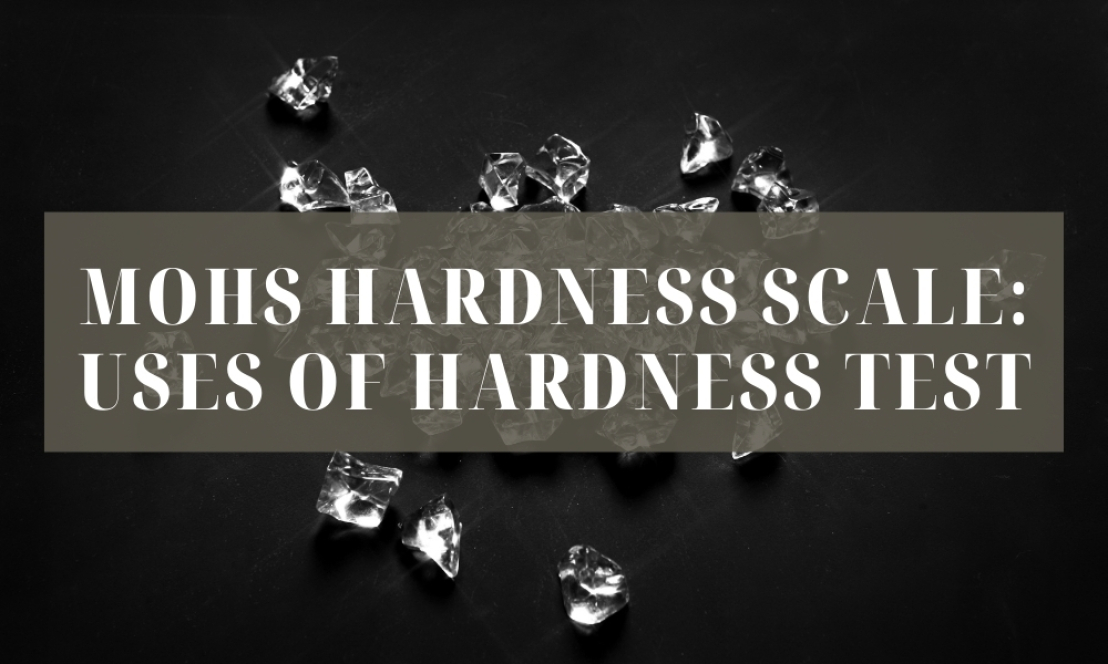Mohs Hardness Scale: Uses of Hardness Test

Performing a hardness test to know the hardness value of a material or any mineral specimen is essential in many areas of study or work. In identifying the hardness of specimens, the Mohs Hardness Test is mainly used and mostly favored by many because it is readily available and the procedure is quite effective, simple, and easy to perform in a fieldwork, a laboratory, or the classroom.
In manufacturing and industries, they perform hardness tests on materials for certain processes like hardening treatments such as annealing and strain hardening. Annealing is using heat to change the physical and chemical properties of a material to heighten its ductility and decrease its hardness for it to be more workable. Strain hardening is strengthening a metal by plastic deformation.
Being able to recognize the hardness value of a material is valuable knowledge since it provides information as to which the material can scratch another material or if it can resist being scratched. For example, this information is very useful for craftsmen, jewelers, and lapidaries for they would be able to identify which jewelry pieces or gems can and cannot be kept or put together to avoid scratching. With this information, they would also be able to identify the durability of jewels and gems.
In other fields, the high or low hardness of a material would have a great effect on their end-result or product thus making it an essential knowledge. Example, for bath powders Talc is used since it is a very soft mineral. Many abrasive or rough products like sandpaper are used for forming and polishing many substances. These products don’t need the hardness of a diamond tool so they use Garnets or Emery, a kind of corundum. In the processing of metals and other materials, diamonds are considerably vital since it is used for cutting. These diamond cutting tools are also used for cutting interiors in oil mines or oil wells and in mineral explorations.
The hardness of a mineral is also present in the structure of numerous landscapes. Rocks with Quartz are used since it is a lot more unaffected by weathering and yields capstones to protect and prevent the tops of hills, mounds, or plateaus from eroding.
In conclusion, doing a hardness test in determining a raw material’s hardness and its other properties delivers valuable understanding on its flexibility, strength, durability, and capabilities for quality control and failure analysis therefore for it to be used and processed appropriately.


Comments : 0